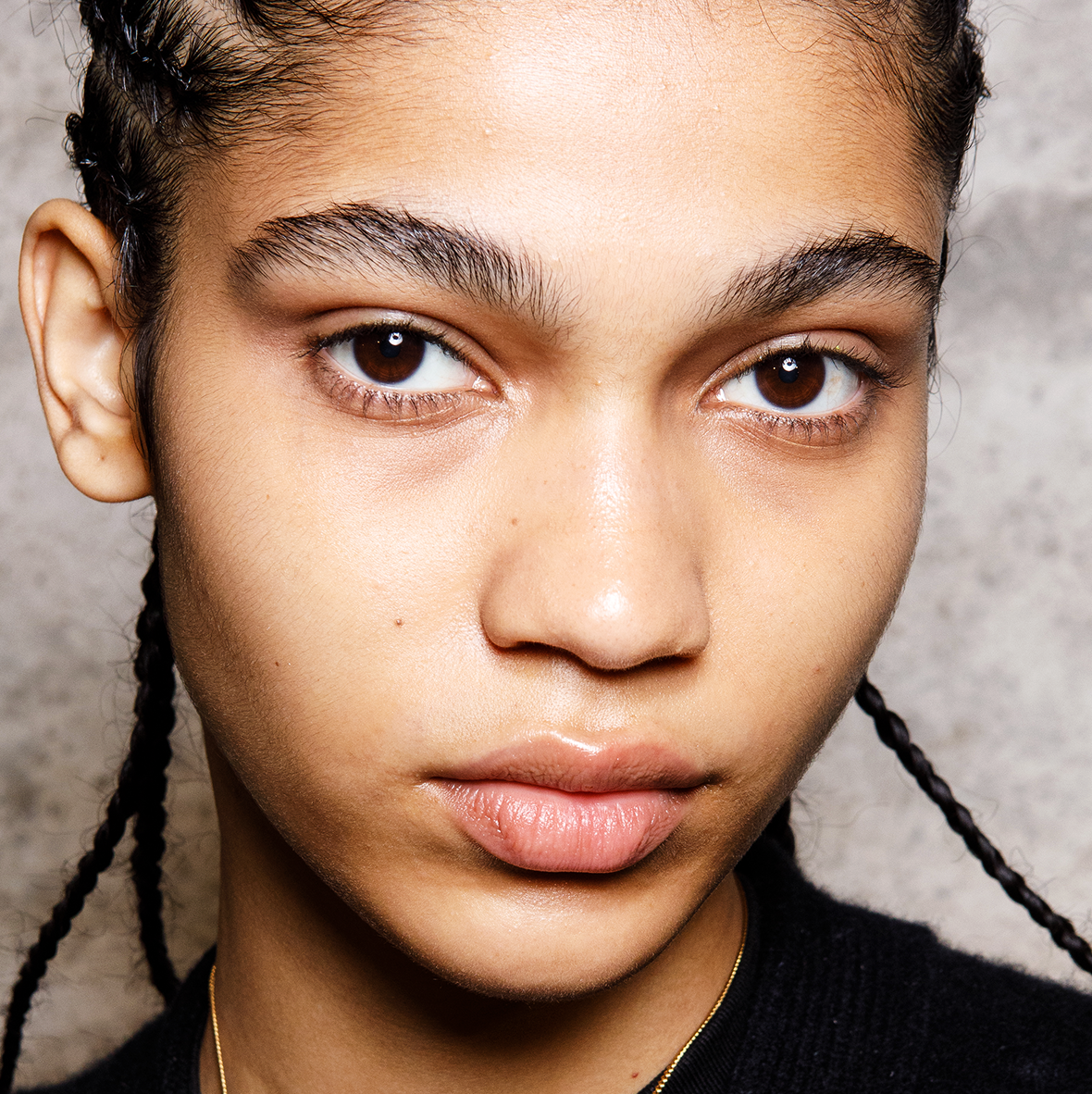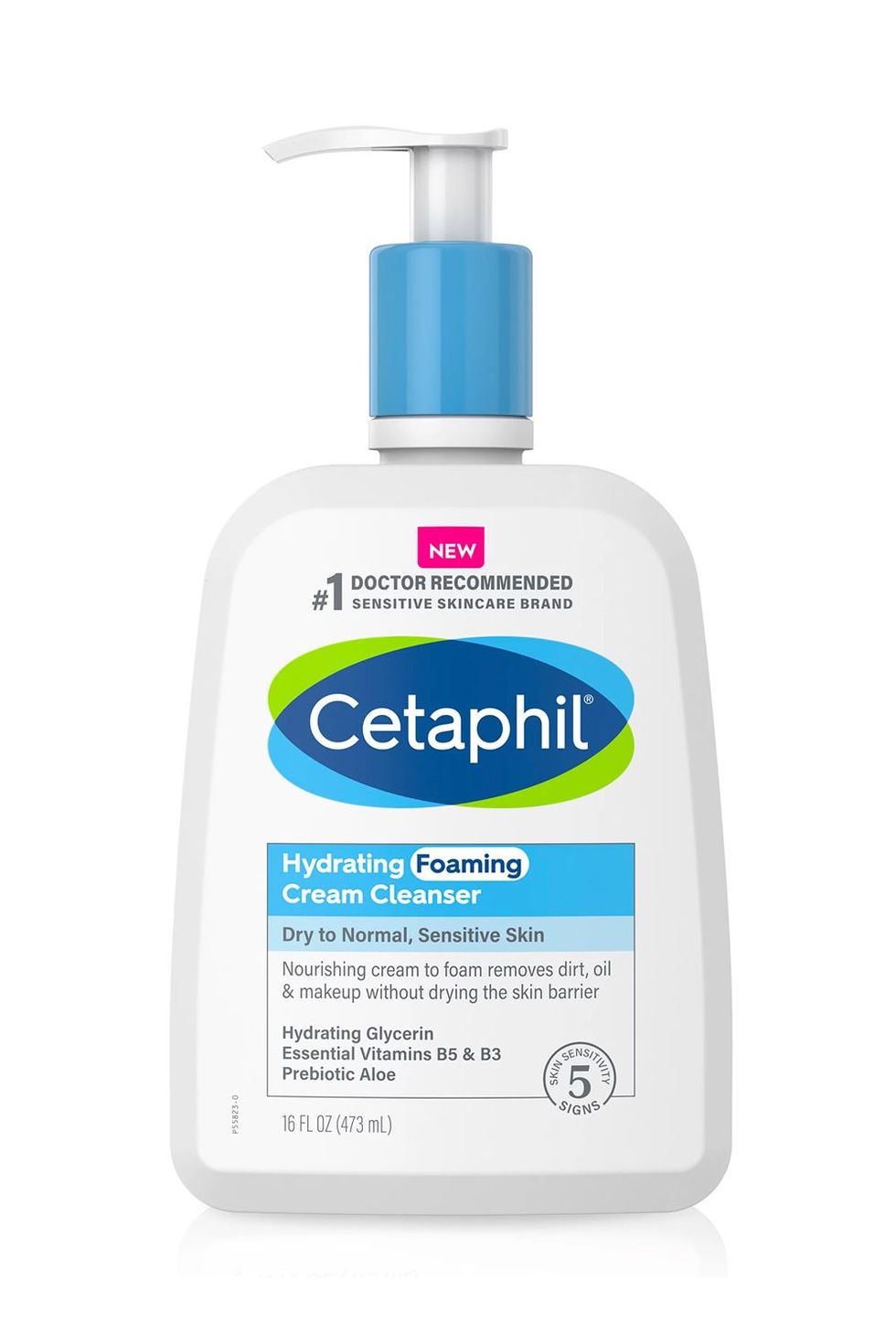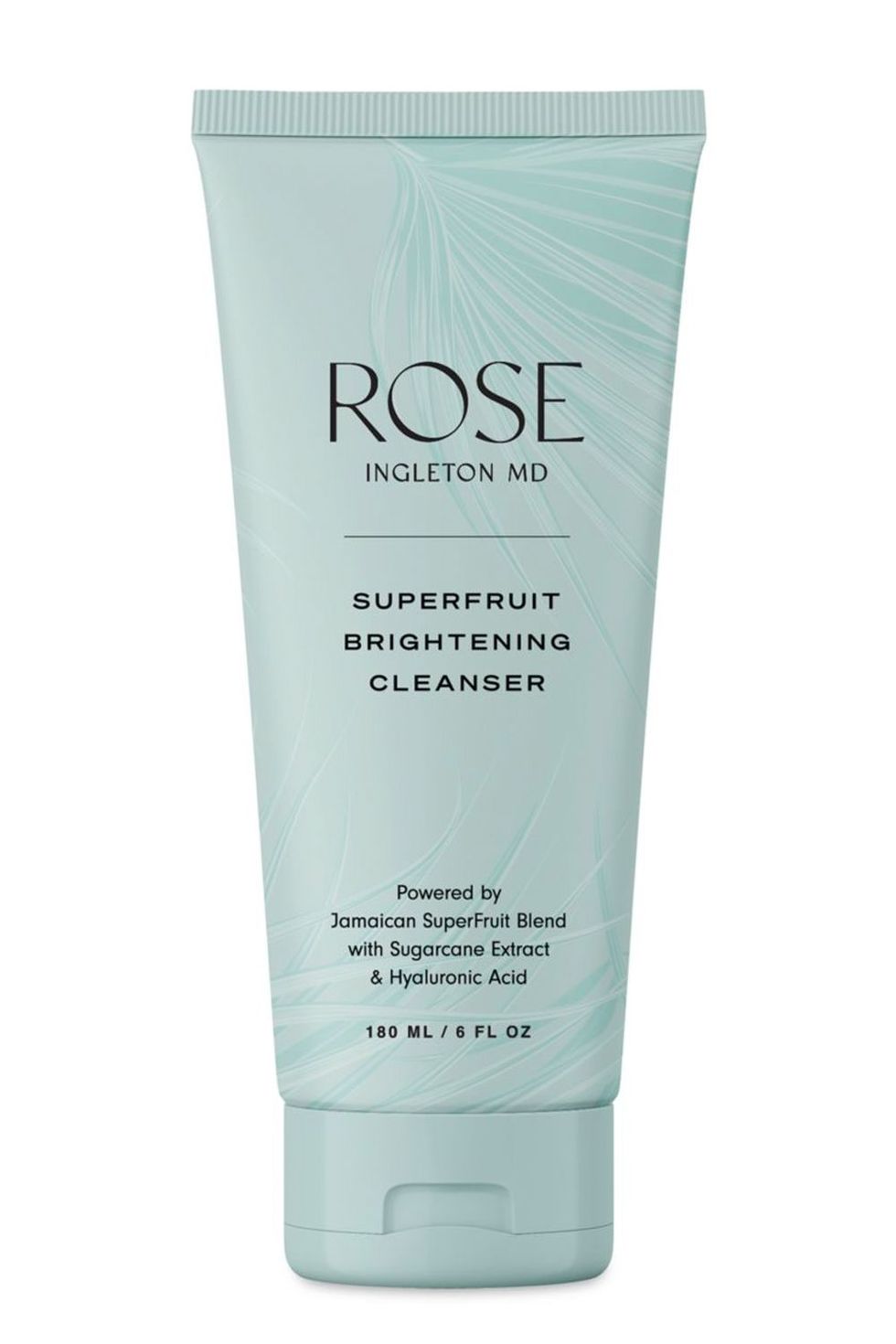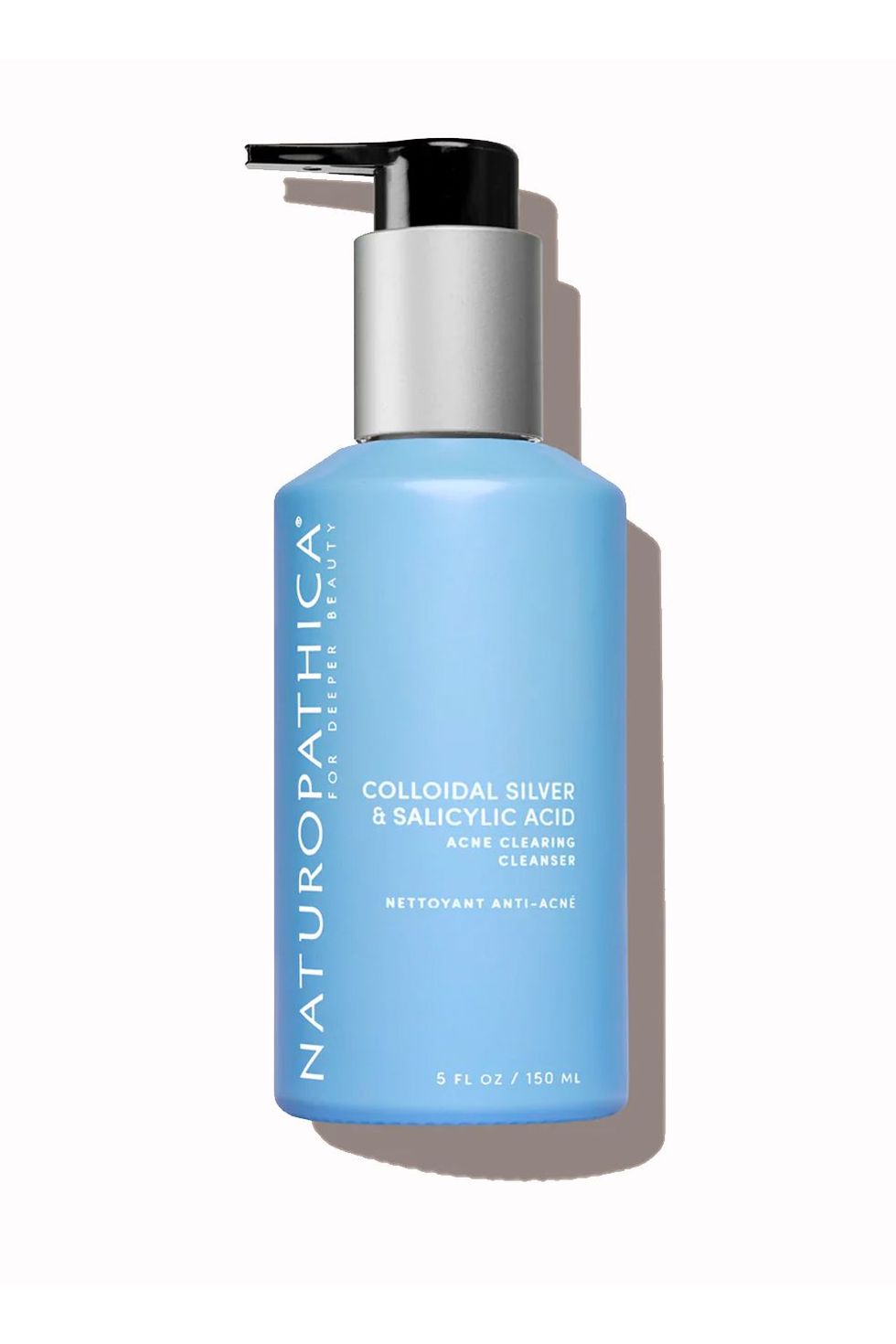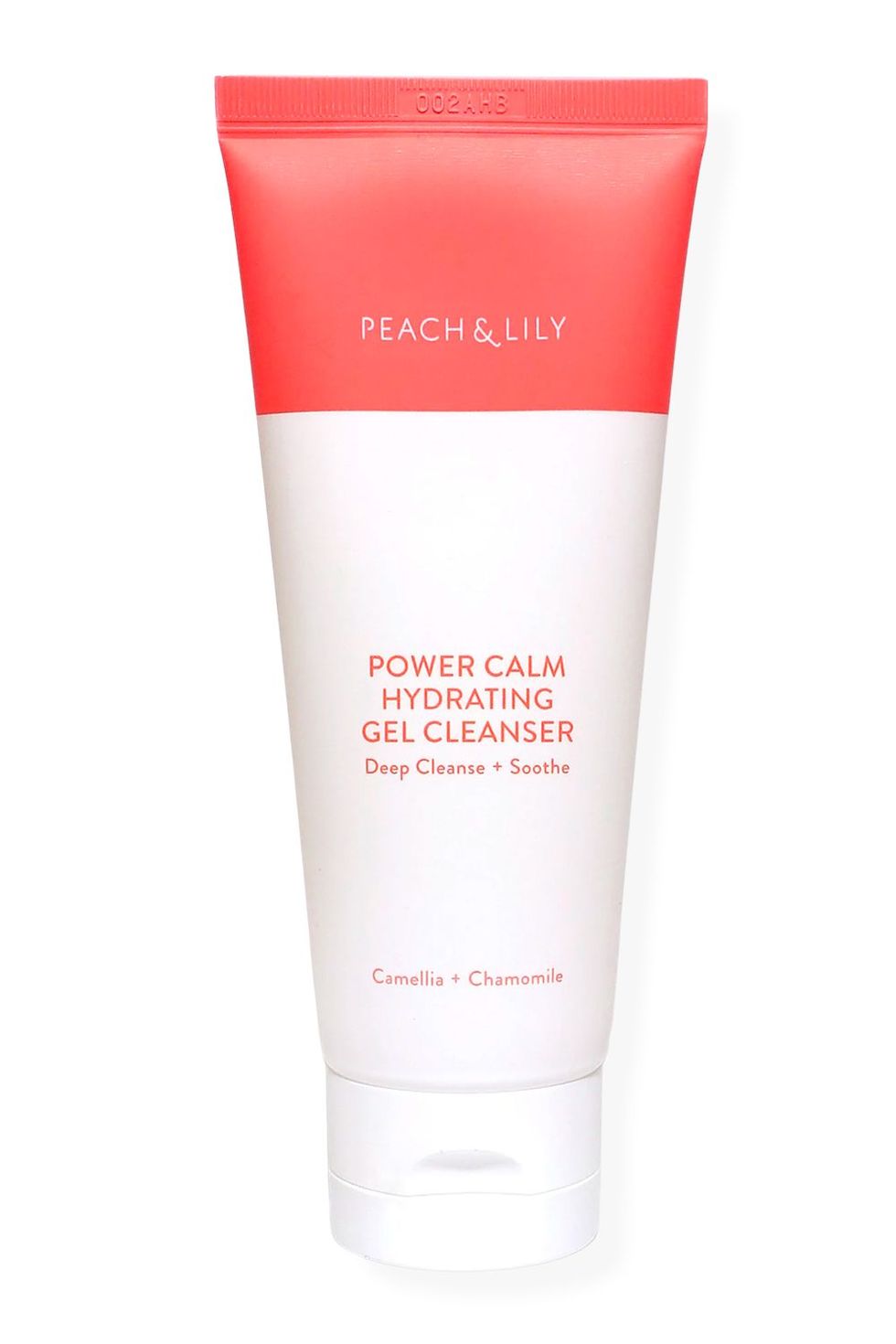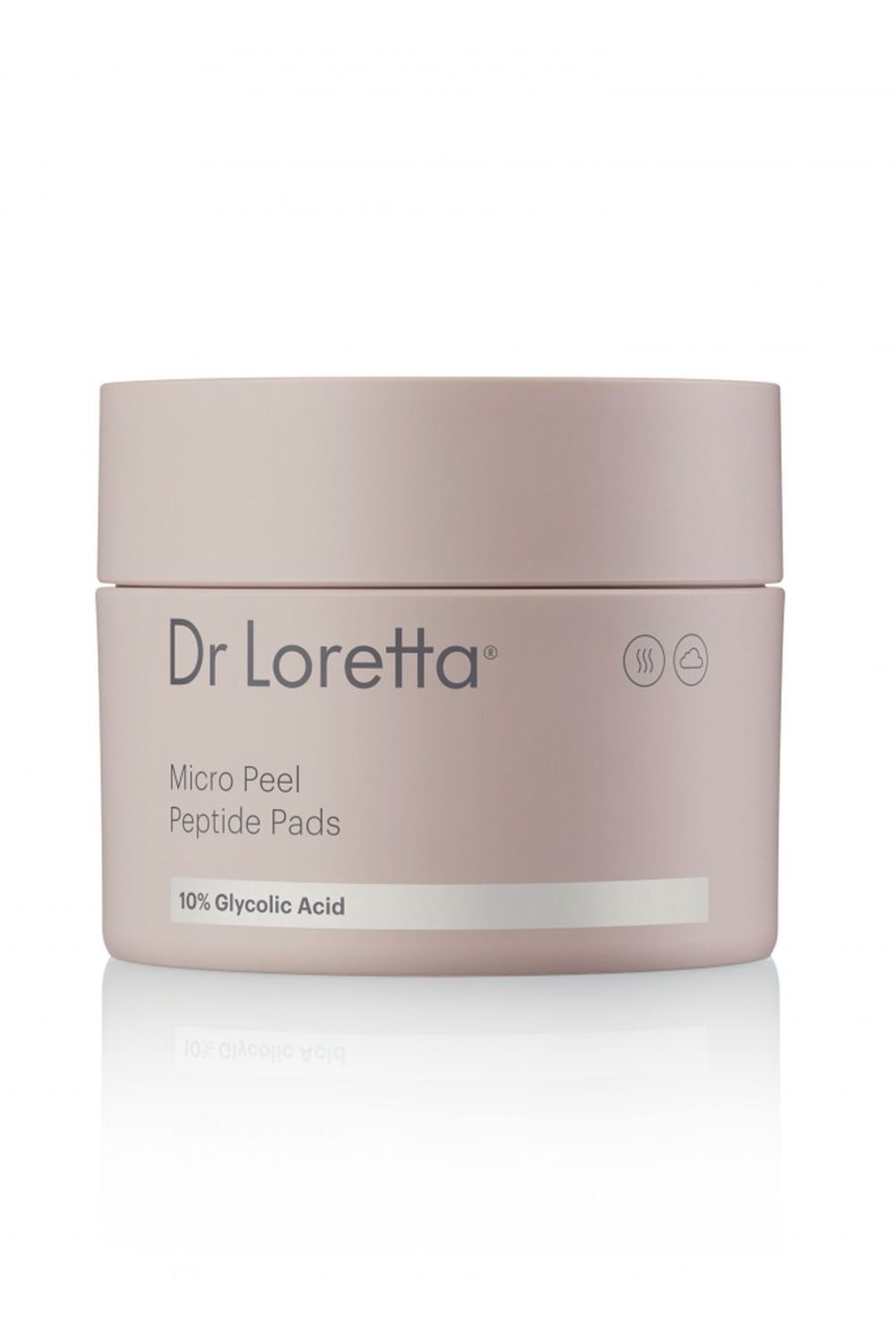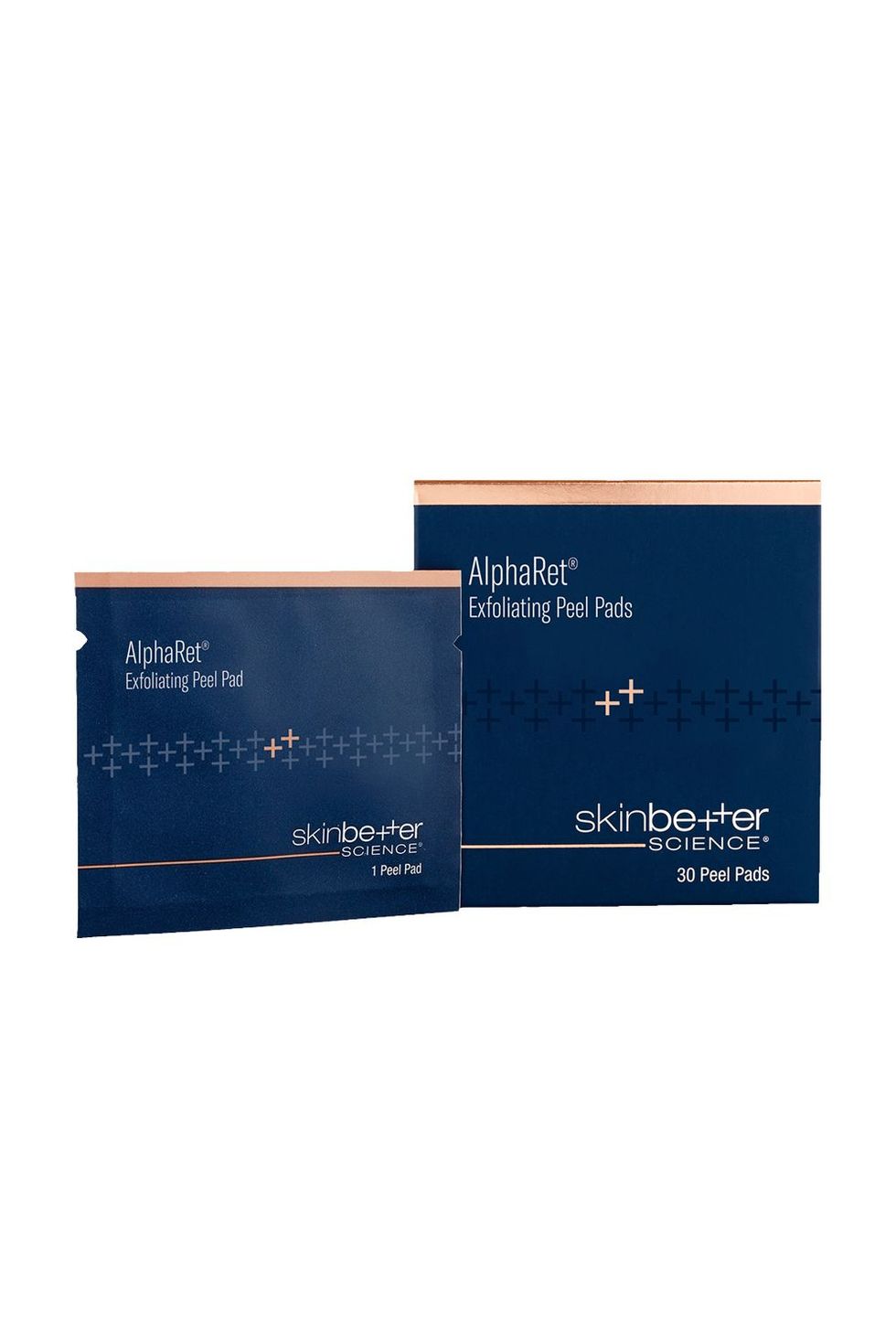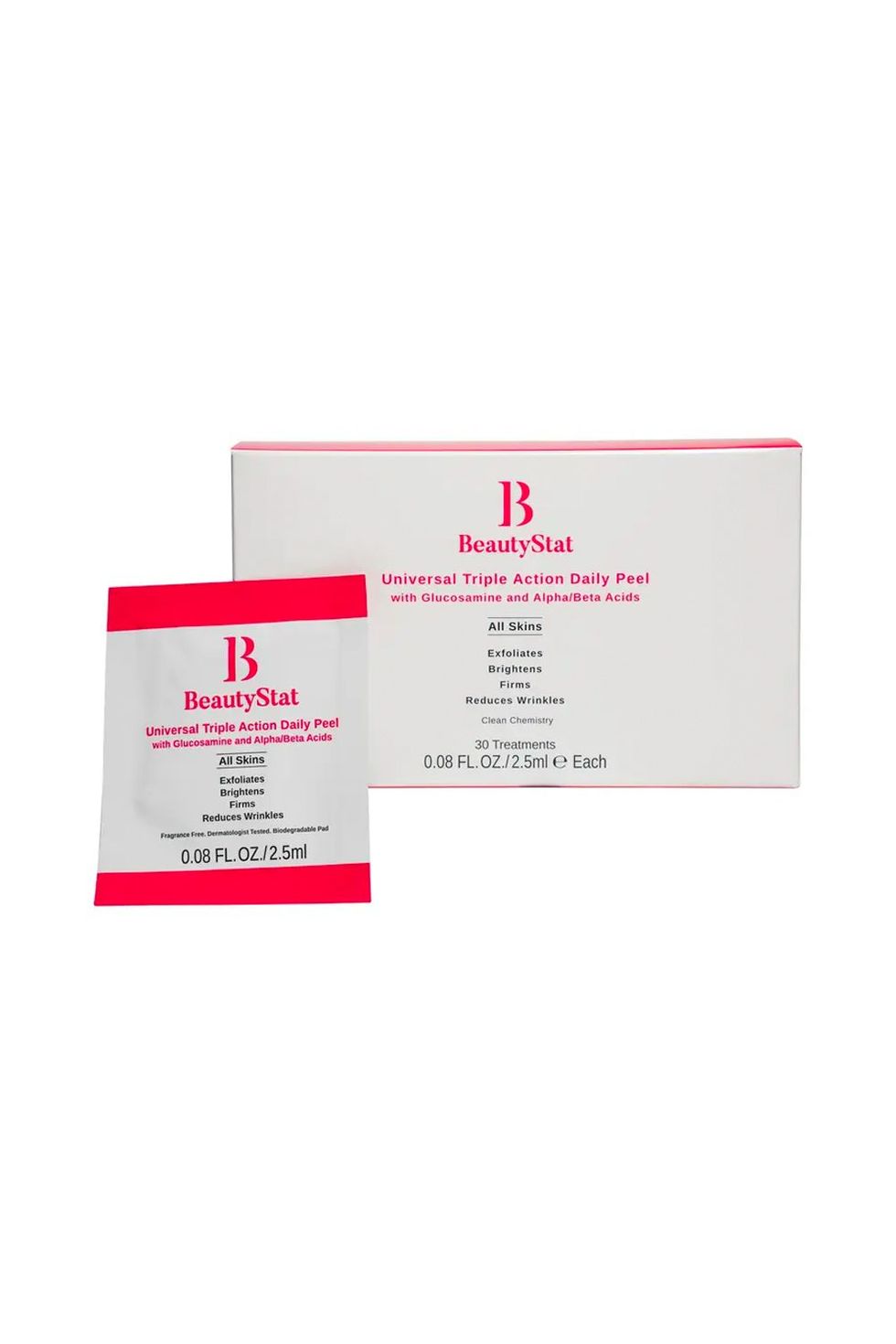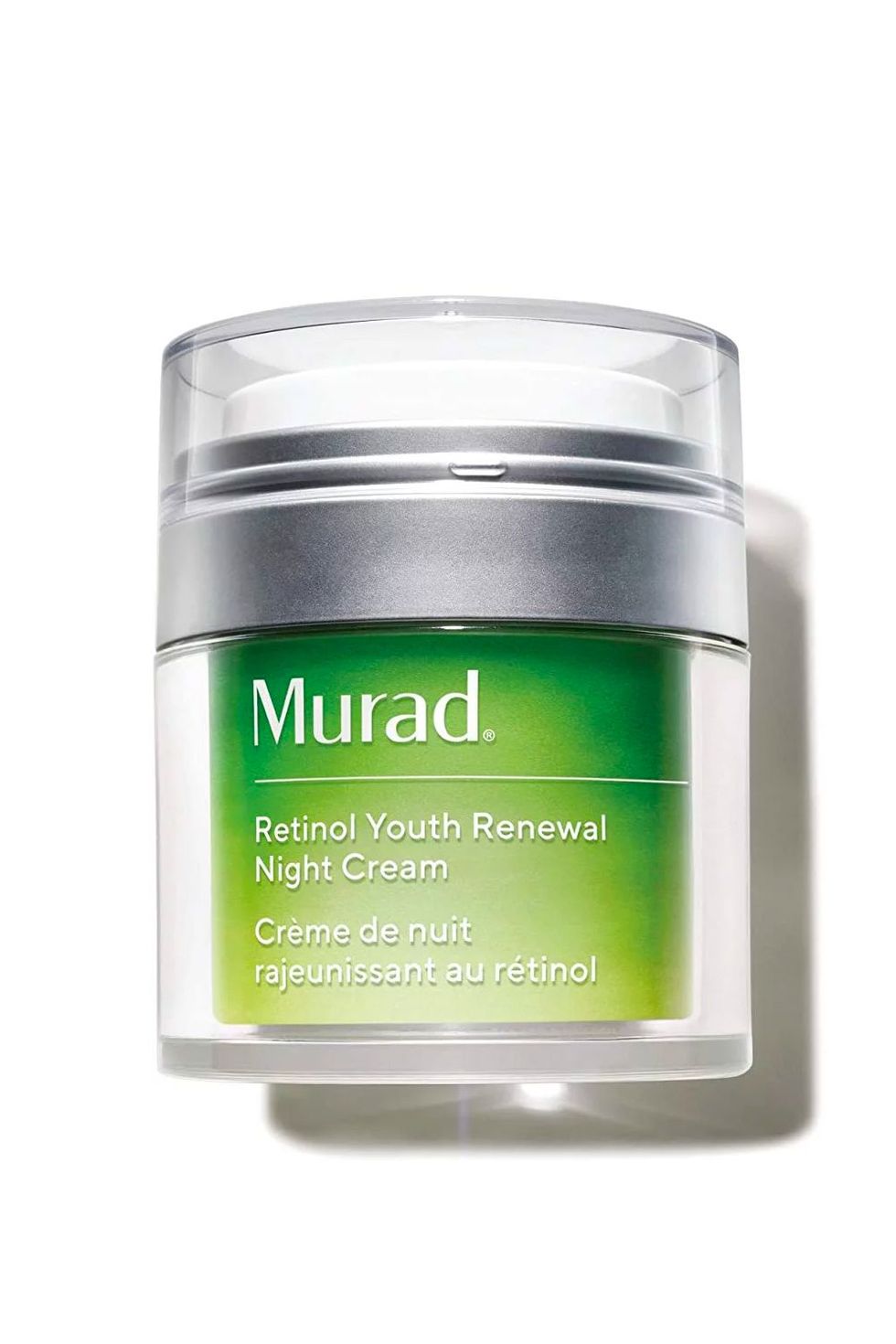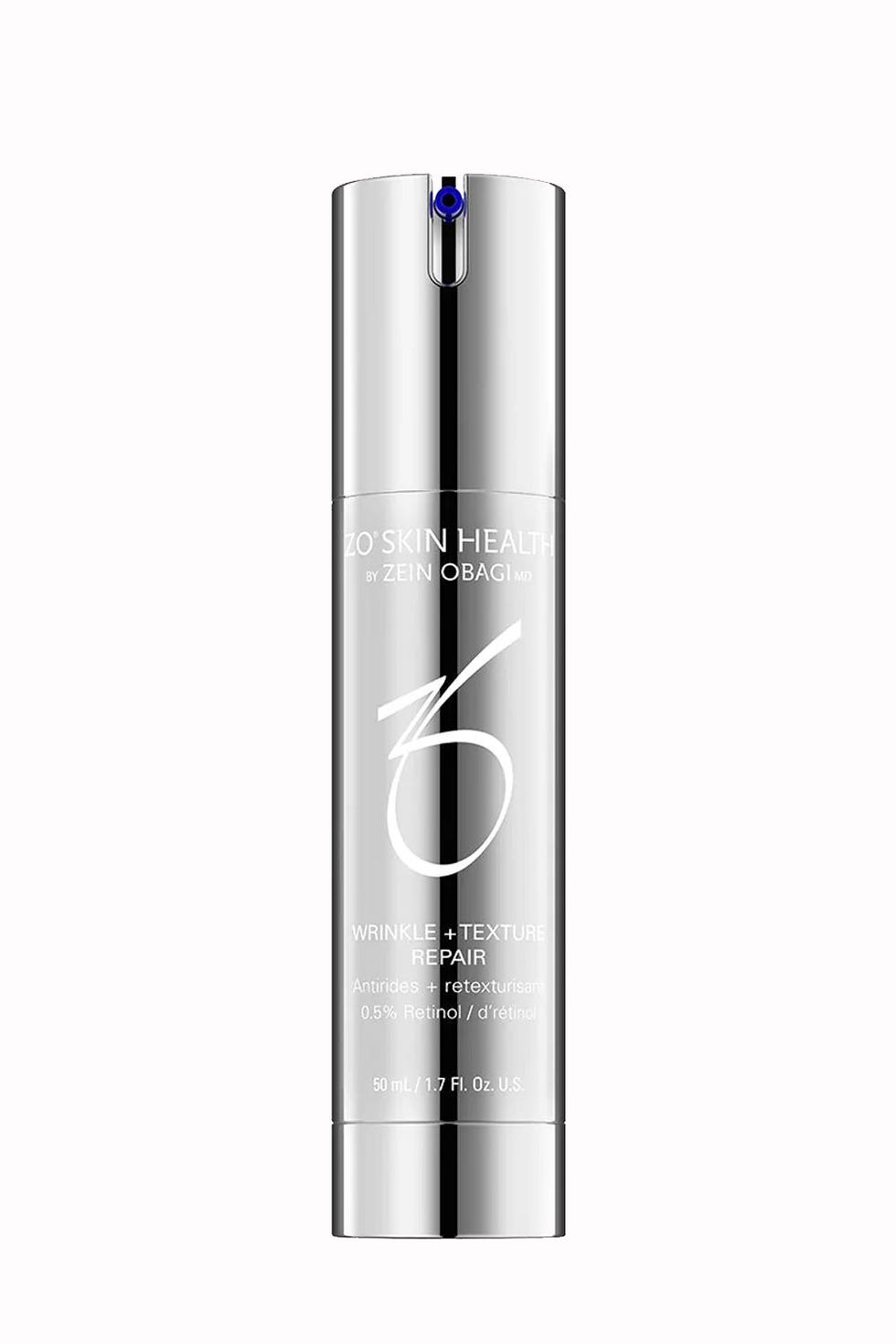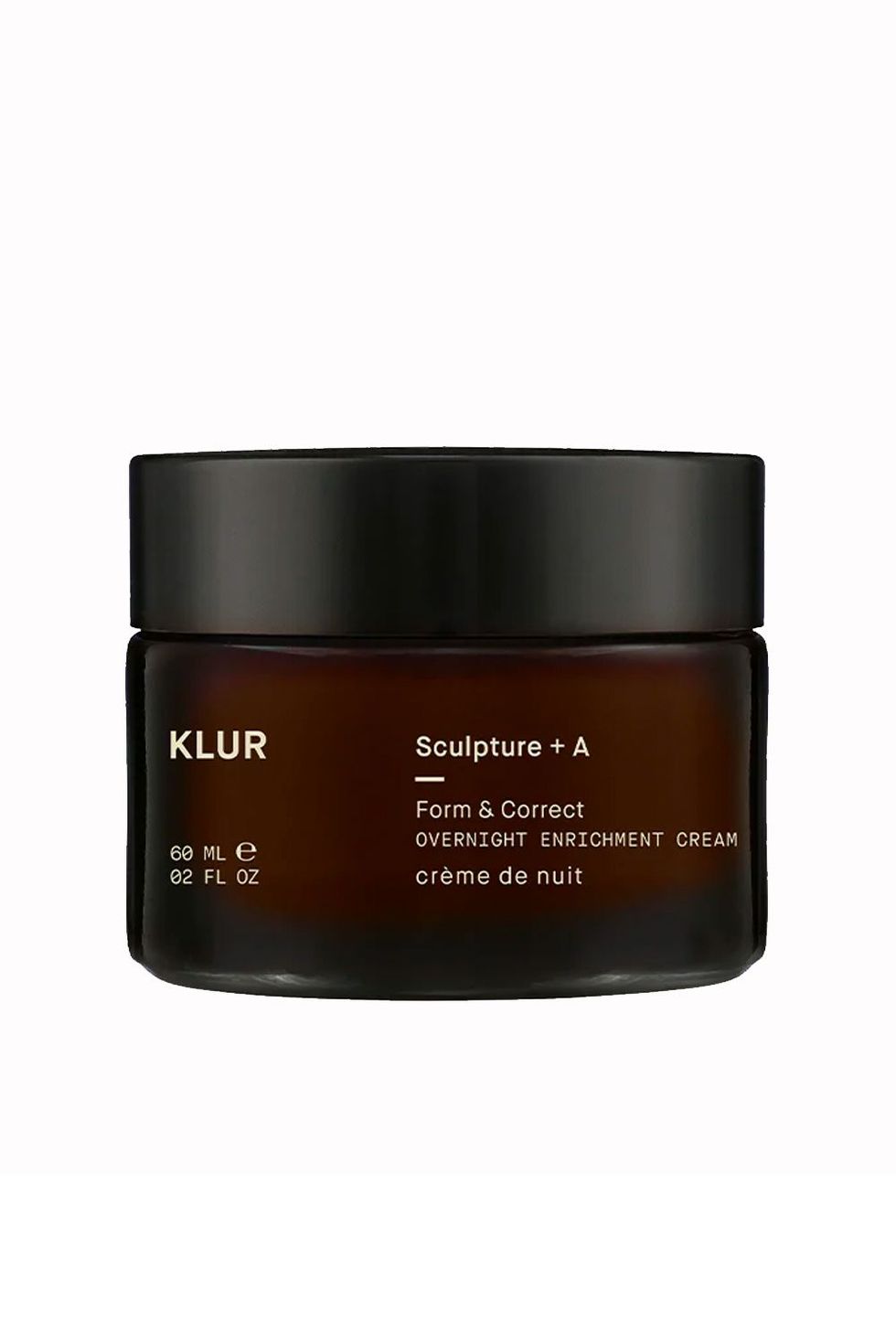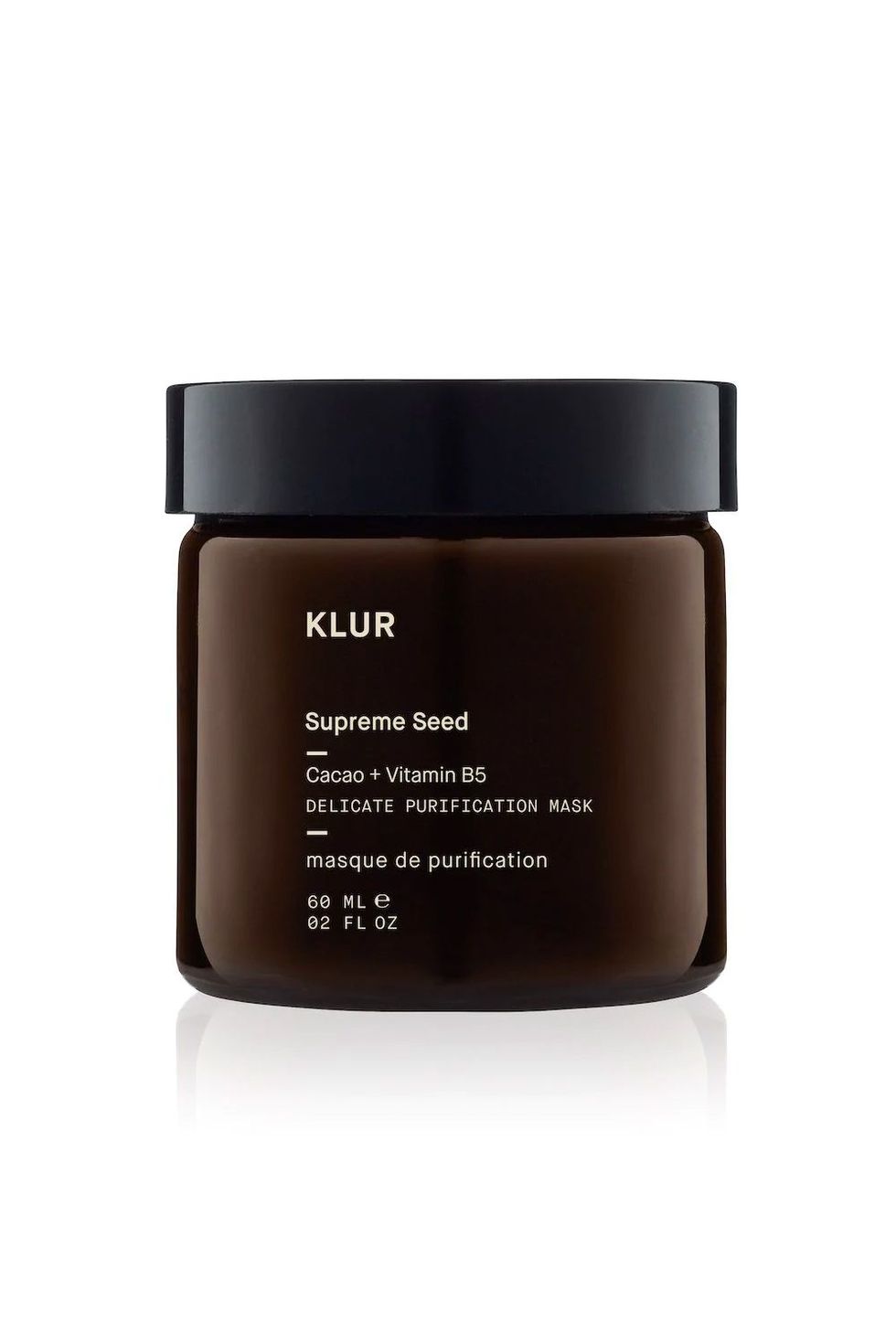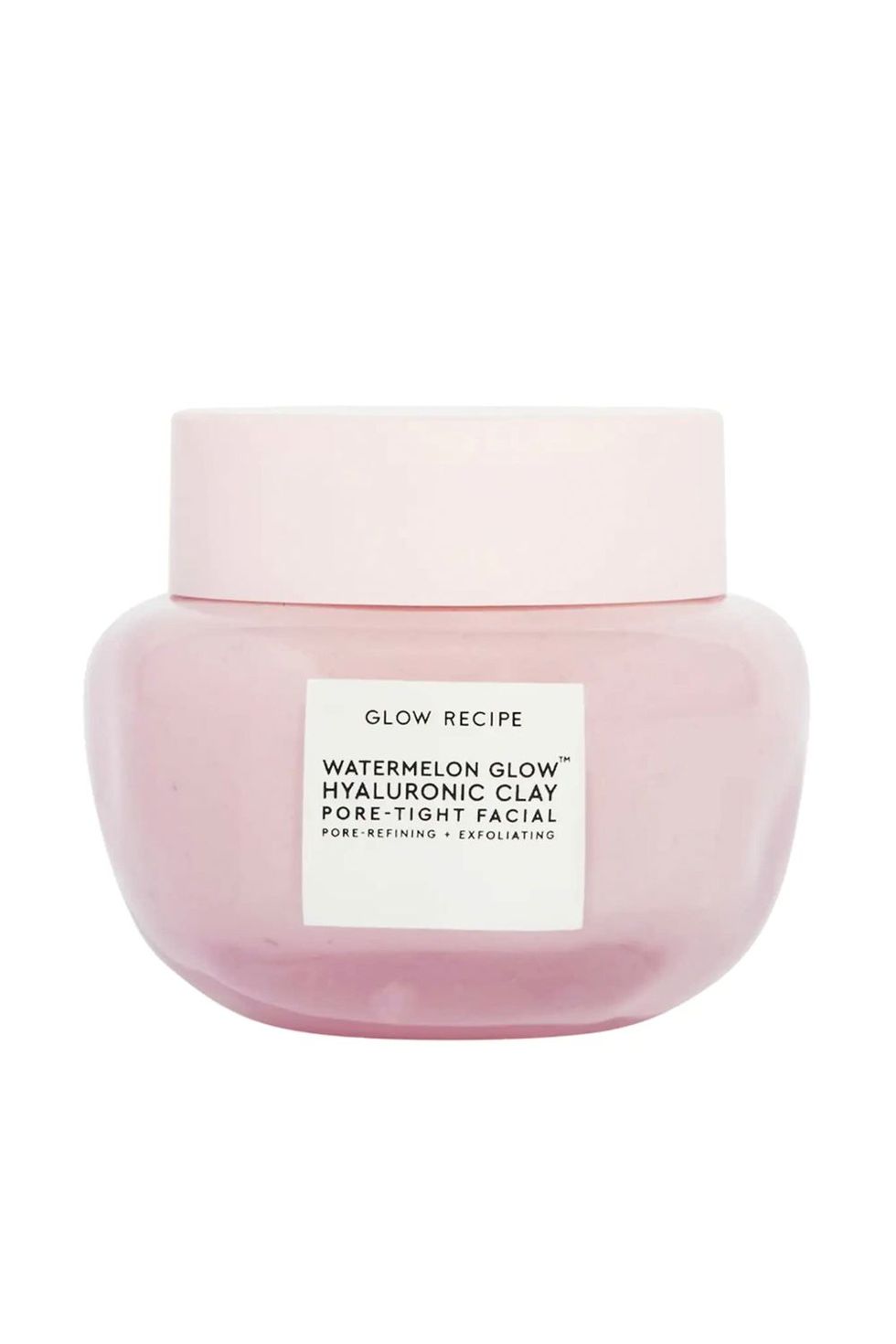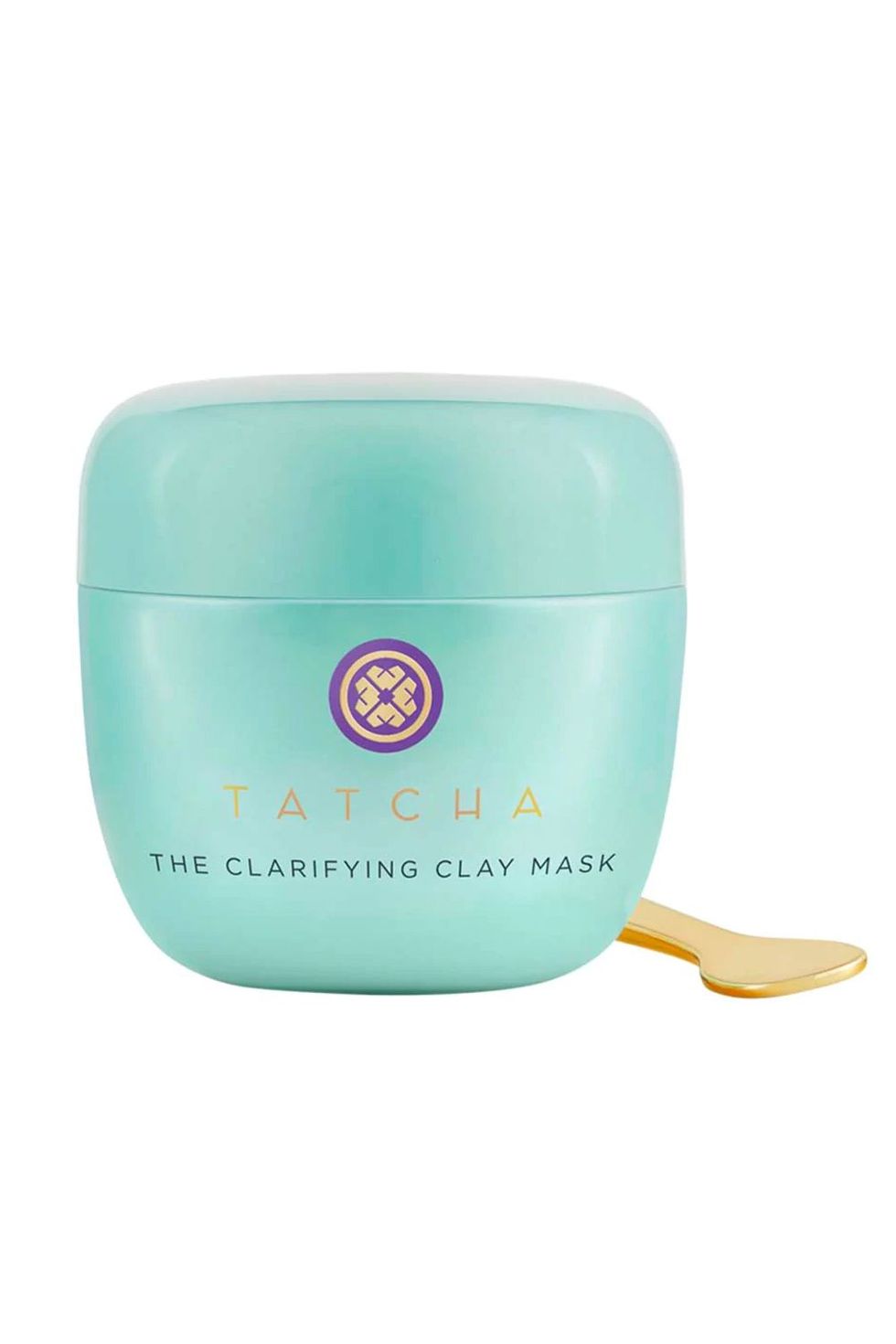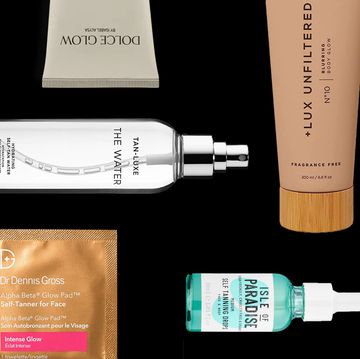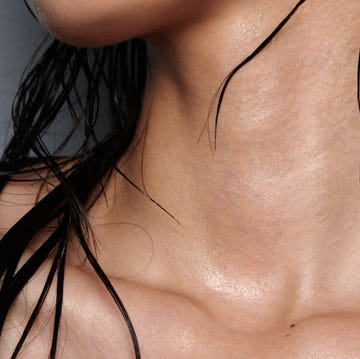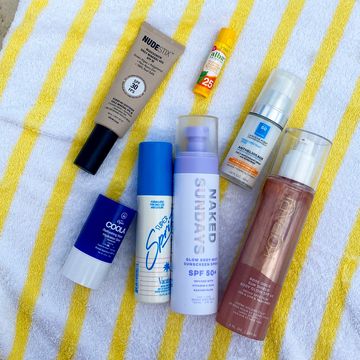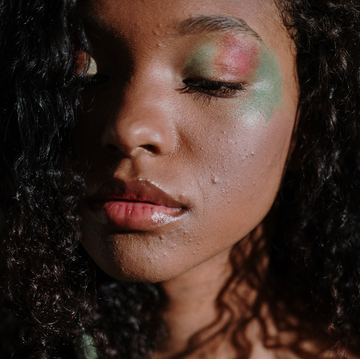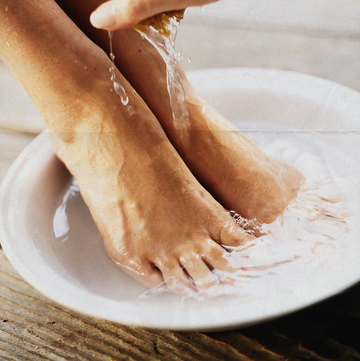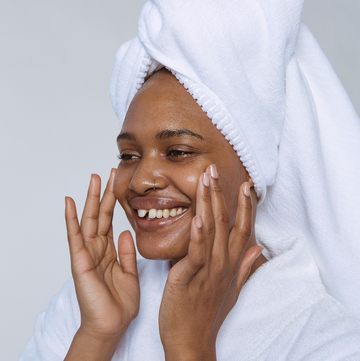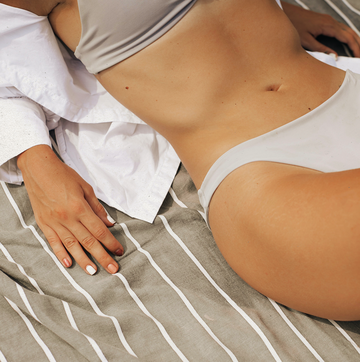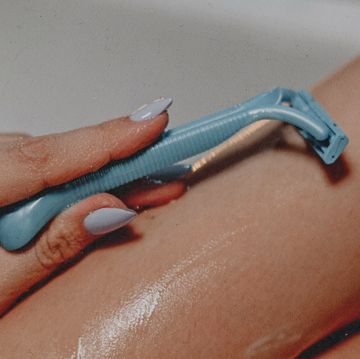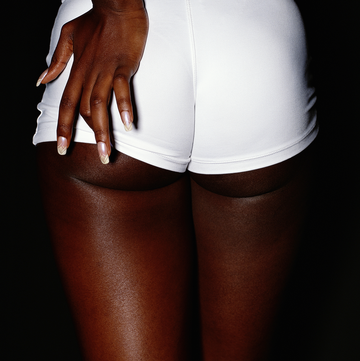Ever notice tiny dots on your nose or cheeks that seem to be blackheads, but when you look closer (or give them a squeeze), you realize they're not really filled with much? Meet sebaceous filaments—the medical term for the naturally occurring, tube-like structures that can appear along the walls of your pores. Sebaceous filaments are responsible for directing oil flow from sebaceous glands to the surface of skin, and can get clogged with dead skin cells and excess oil, making them appear as small dots that are light black, tan, or gray in color.
And while sebaceous filaments are totally normal, they can be annoying to look at, which is why I reached out to board-certified dermatologists Ava Shamban, MD, and Melissa Kanchanapoomi Levin, MD, to find out exactly how to get rid of sebaceous filaments. Keep reading for their expert tips—plus everything you need to about sebaceous filaments including how they work and why they form in the first place.
What are sebaceous filaments?
Sebaceous filaments are a permanent and essential part of our follicular makeup. “They’re thread-like, micro-tubing that lines the inside of our pores and act as our transport system to help to move sebum from the sebaceous glands to the surface of the skin,” Dr. Shamban explains. “It's our little intra-follicle highway, and they help to give us our glow."
Sebaceous filaments can be more or less visible depending on what’s going on inside of them. Also known as “sebum plugs,” they can become more visible when filled with excess oil and dead skin cells, giving them a look similar to blackheads. “This can occur with there is an overactivity of your sebaceous glands, which are glands in our skin that create sebum to lubricate and moisturize the skin,” says Dr. Kanchanapoomi Levin.
Typically, the sebaceous filaments you can see are found in the oily parts of the face, namely the T-zone area (aka your nose, chin, and center of the forehead). “Oftentimes, people squeeze their skin and see a thin, yellowish material exuding out of the skin, which are normal pores that have been filled up with sebaceous filaments," says Dr. Kanchanapoomi Levin.
What’s the difference between sebaceous filaments and blackheads?
While sebaceous filaments and blackheads may look like twins, they’re cousins at best, says Dr. Shamban. Unlike blackheads, sebaceous filaments are a normal and important part of skin’s makeup, and without them, oil wouldn’t be able to travel from the sebaceous glands to the skin’s surface.
“Essentially, the filaments are the good guys in the proper function of skin, while the blackheads are the villains when there is a buildup and improper function,” Dr. Shamban explains. “And sebaceous filaments tend to appear almost beige or sandy colored or light grey under the skin. Blackheads are just that, a black top at the skin surface.”
Blackheads, on the other hand, appear only when sebum, dead skin cells, and bacteria collect inside the pore and hit the surface of the skin. When this happens, one of two things will occur: (1) Either the clogged pore will remain open to the air and oxidize, resulting in a blackhead, or (2) Skin will cover it, resulting in a whitehead. “But both sebaceous filaments and blackheads are more common and more evident in patients with the condition of oily skin and therefore more enlarge pores,” Dr. Shamban adds.
How do you get rid of sebaceous filaments?
Technically speaking, you are under no obligation to treat or get rid of sebaceous filaments since they are a perfectly normal part of skin. “Even if you think there is something ‘in there’ that needs to come out, the best practice is not to pick, push, prod or otherwise aggravate the filaments or eliminate their sebum,” Dr. Shamban says.
That said, there are a number of things you can do to help minimize their appearance and potentially even unclog them so they return to invisibility). “Generally, what I recommend for overall improvement of pore appearance is using retinoids and exfoliants such as salicylic acid or glycolic acid,” Dr. Kanchanapoomi Levin explains. To effectively and safely, target sebaceous filaments, check out these eight tips, below:
1. Take your makeup off at night.
Since leaving makeup on overnight can be an open invite for clog pores, it’s hugely important that you remove it all before going to bed if you want to prevent sebaceous filaments. For the most thorough removal, try double-cleansing: start by massaging a cleansing balm or cleansing oil into dry skin to gently dissolve makeup, then go in with your regular cleanser to get rid of any lingering buildup or debris.
2. Always wash your face after a workout.
“Never let bacteria and sweat sit on skin,” says Dr. Shamban, as it can easily block pores and lead to clogged sebaceous filaments, among other skin issues like irritation and cystic breakouts. As soon as you're done with your workout, wash your face with a cleanser, pat it dry, and then apply a lightweight lotion.
3. Exfoliate twice a week.
Since sebaceous filaments can overfill with not only oil but also dead skin cells, it’s important to exfoliate your face to get rid of those dead cells on a regular basis. Dr. Shamban recommends exfoliating twice a week (any more than that and you put your skin at risk for irritation) at night with an at-home chemical peel pads soaked with exfoliating acids, like glycolic acid and/or salicylic acid.
5. Try a retinol serum or cream.
Retinol is the gold standard when it comes to improving skin texture. The ingredient is proven to regulate cell turnover to prevent clogged pores and sebaceous filaments from filling up with gunk. Introduce a retinol serum or cream in your routine one or two nights a week, gradually increasing your usage as your skin is able to tolerate it.
6. Try a trio of specific active ingredients.
While everyone’s skin is different, and some may be too sensitive to use more than one active ingredient, Dr. Shamban says that she’s seen a big difference among patients using a combination of salicylic acid, niacinamide, and retinol. “This trio can be amazing for reducing the appearance of sebaceous filaments,” she says. Once your skin is accustomed to using a retinol, try incorporating salicylic acid and niacinamide into your routine on alternating nights.
7. Add a mask to your skincare routine.
While face masks are often seen as a nice but not-totally-necessary skincare step, using the right one can make a big difference when it comes to keeping your pores and sebaceous filaments clear. Choose a clarifying formula made with oil-absorbing charcoal and/or clay, like the four below.
8. Don’t forget to moisturize.
Although it may seem counterintuitive to add moisture to your skin when it’s already oily, keeping your skin hydrated and your moisture barrier intact can actually stop the overproduction of sebum. Try a lightweight, oil-free moisturizer, like La Roche-Posay's Toleraine Double Repair Face Moisturizer. It contains glycerin and ceramides to keep skin nourished but it won't feel heavy or greasy on skin.
The bottom line:
Sebaceous filaments are necessary for proper skin function so you can't get rid of them, but if you want to lessen their appearance you've gotten options (specifically the ingredients, products, and treatments listed above). And if you're unsure if you're dealing with blackheads or sebaceous filaments, make an appointment with a board-certified dermatologist who can help you find an ideal skincare routine and treatment plan for your specific concerns.
Meet the experts:
- Ava Shamban, MD, is a board-certified dermatologist and the founder of Ava MD in Los Angeles, CA. Dr. Shamban believes that appearance and self-esteem go hand-in-hand and treats a variety of skin concerns with this in mind.
- Melissa Kanchanapoomi Levin, MD, is a board-certified dermatologist and the founder of Entière Dermatology in New York City, NY. Dr. Kanchanapoomi Levin and her team offer a range of medical and cosmetic skin solutions, with a focus on facial rejuvenation, laser surgery, acne, and rosacea.
Why trust Cosmopolitan?
Gabby Shacknai is a New York City-based journalist with years of experience researching, writing, and editing beauty and wellness stories. Gabby is an authority in all skincare categories, but is an expert when it comes to acne. She works with the industry’s top dermatologists to assess new acne treatments, products, and medications.

Gabby Shacknai is a New York-based journalist and editor who produces high-quality content for a wide variety of outlets and brands across various industries.
